With lots of hugs and kisses, and bellies full of lunch from the Five Sons Estate vineyard, we bid farewell to our cousins and followed them back to the main highway. With a wave they turned for Melbourne and we headed off to the ferry - Our plan, a four day drive along The Great Ocean Road, to our destination Adelaide.
It was kind of cool, driving up to the 'Formular-1 starting blocks' while waiting for the ferry and then finally driving onto the giant, gliding ship that would make the crossing from Sorrento to Queenscliff. What made it even cooler, was the warning that we had received from the car rental agency: 'If that ferry sinks, our insurance won't cover it - So you'd better be careful!'
Fortunately we made it across to the other side of the bay without incident (thank goodness!) and raced off to our first destination, the 'lovely seaside village' of Torquay. By the end of our trip to Adelaide, we would have seen more than enough charming seaside villages.
The ocean road is extremely pretty with plenty of glorious beaches, beautiful lighthouses and windswept, monolithic, rock formations that have stood the test of time (more on this later). One particular beach worthy of note is the famous 'Bells Beach', where they hold the Rip Curl Surf Classic each year. We were there, wondering what all the commotion was about, while the judges watched the waves and the riders upon them.
Our next stop was the sleepy little town of Portland, where we ate an amazing Fish-n-Chips supper (which just happened to be their specialty). We noticed, as we drove into town, that they STILL had their Christmas decorations up. Perhaps they were hoping that people might consider it is Christmas there all year round? There was a buzz amongst the people of Portland, due to the fact that a towering Oil rig had just been tug-boated into town for maintenance (we were impressed by this as well).
Now I said that there were lots of spectacular, windswept, sandstone rock formations along the waterfront that had stood the test of time. Well we discovered that the key word in the sentence above is 'sandstone' or made out of nothing but sand. One of the largest of these structures was called the London Bridge, simply because it looked like the London Bridge - or rather it USED to look that way. Apparently, on 15th January 1990 the bridge, under the pressure of the natural elements, partly collapsed trapping a number of people on the other side - I wonder if they knew the words to the limerick 'London Bridge is Falling Down'?
Similarly, the famous 12 apostle's landmark has now been reduced to the 8 apostles, with four of the semi permanent structures falling like flies due to the wasting power of the elements. Speaking of flies, they were everywhere and proved to be a real annoyance. Some tourists attempted to fend them off by carrying ferns that they picked up along the way to brush their faces with. The well equipped travelers made use of the complete enclosure of a fly-screen hat. The real issue for the three of us though, was working out how to slip into our car without taking on any buzzing stowaways!
Another common sight along the coastal road was the light houses. An old, wizened lighthouse attendant from years gone by explained quite grimly the way the lighthouse operated. He said that whenever you see a white light from a lighthouse while out at sea, you should beware. If you ignore the white light and it changes to RED, then you should be beyond worry. This is because the lighthouse is designed to send a red signal to ships that are VERY close (as in Titanic close!) to the shore.
Once we had seen everything that the ocean road had to offer, we headed inland a bit and ran into a number of creatures along the way. First up we saw some camels, which were introduced by the early settlers - this one was strictly for the tourists. Later on, a host of over a thousand Kangaroo's who share the golfing greens with the players - Four! Then in the middle of nowhere, we were fortunate enough to see a cuddle of Koala's in the trees, happily chomping away at the leaves above us.
We stopped in the town of Robe with the final stretch of the journey ahead of us. Most of the fun parts of The Great Ocean Road are closer to the Melbourne end, after which, there's nothing but wide open kilometers stretching out into the dizzying distance.
After traveling for sometime, we knew that we were getting somewhere, when we suddenly saw a giant lobster rearing its sunburned head at us - Mmm, does anyone feel like seafood?
Next Up: Adelaide - Australia's most livable city?
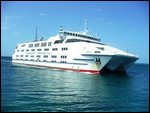
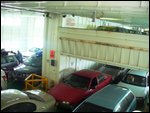
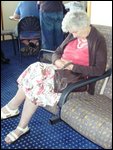
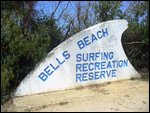
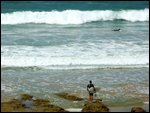
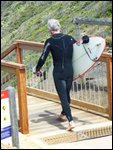
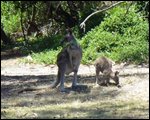
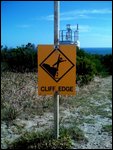

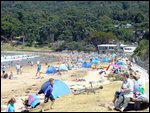
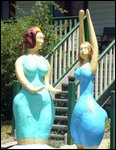
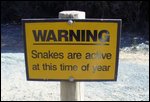
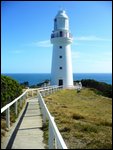
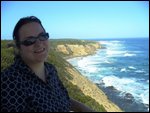
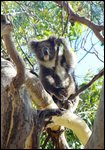
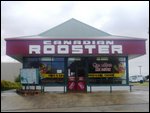
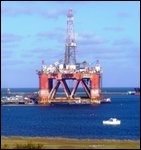
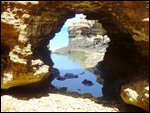
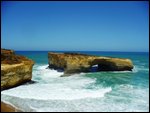
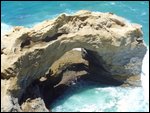
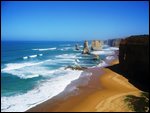
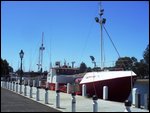
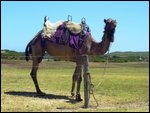
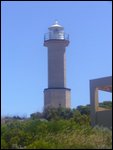
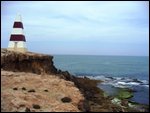
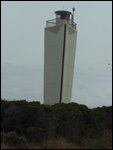
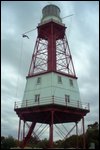
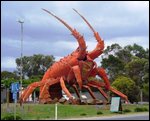
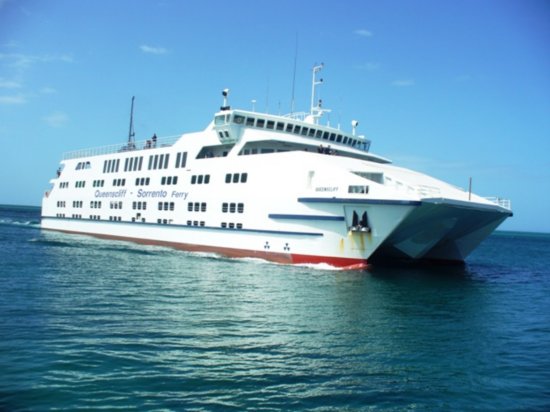
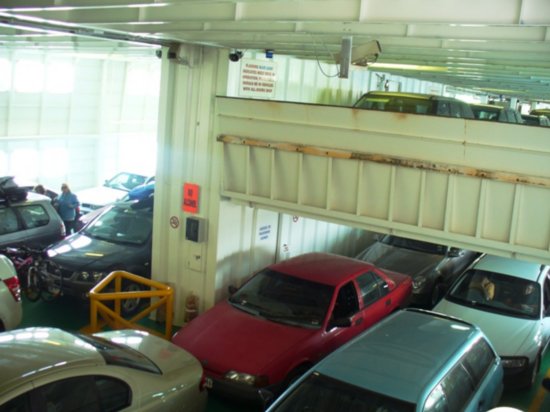
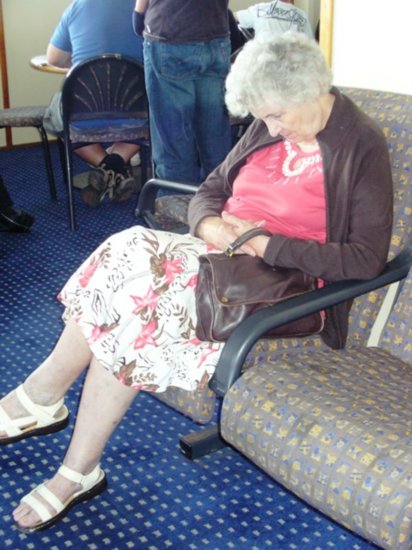
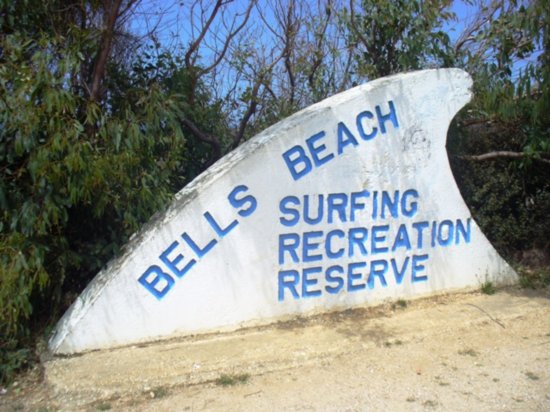
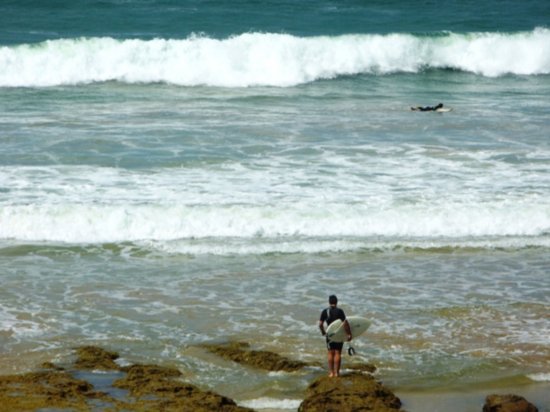
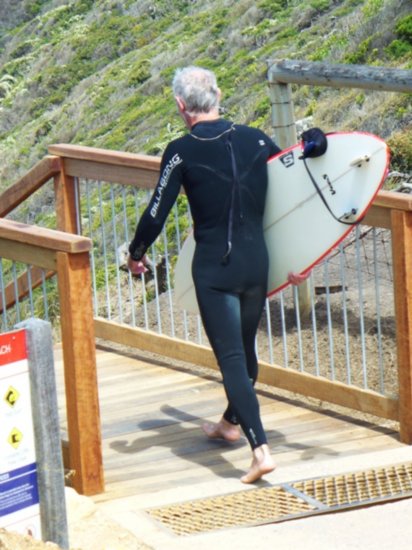
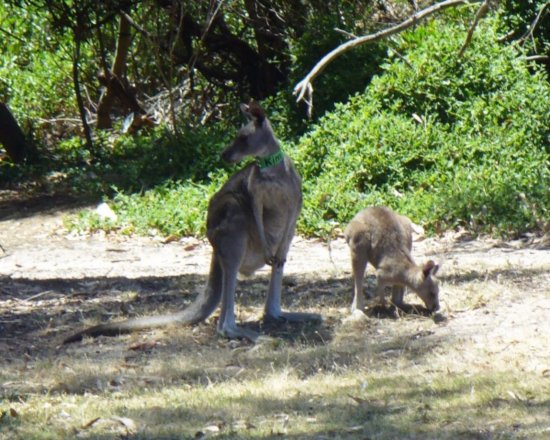
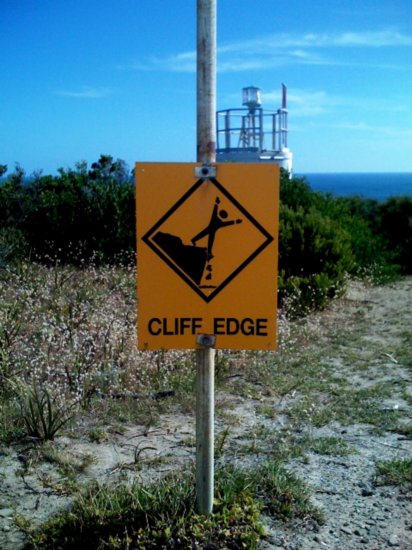
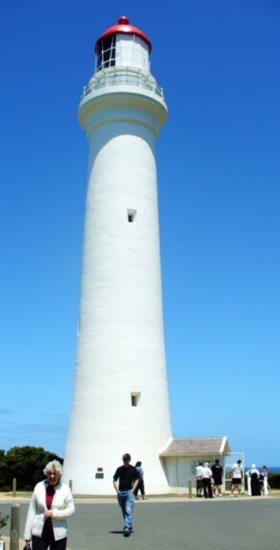
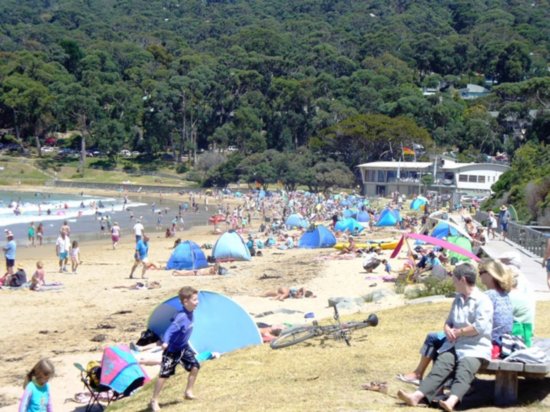
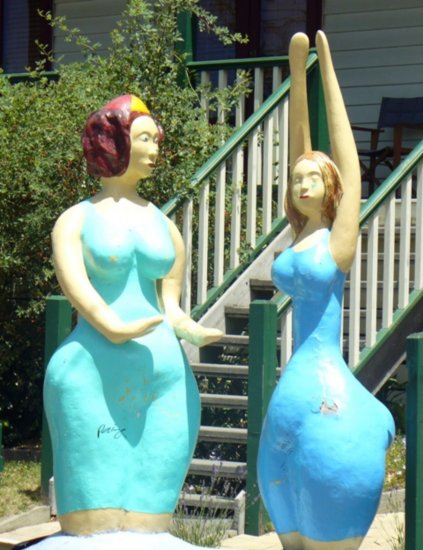
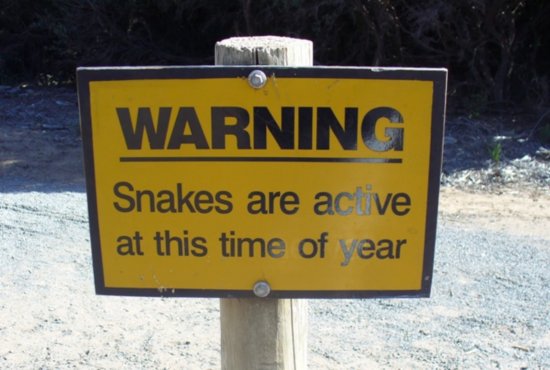
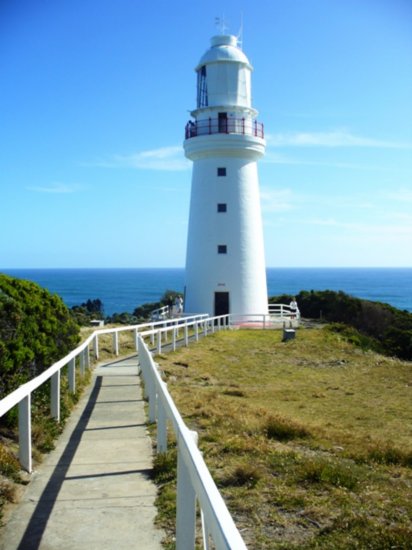
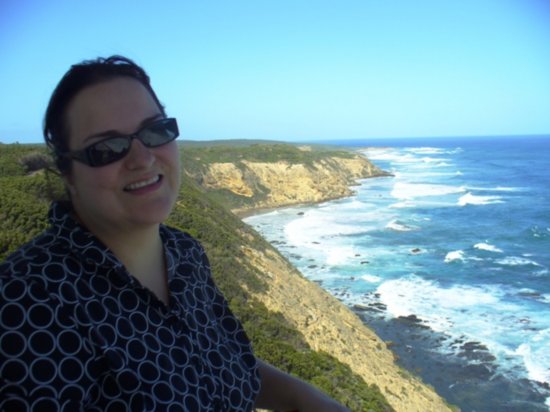
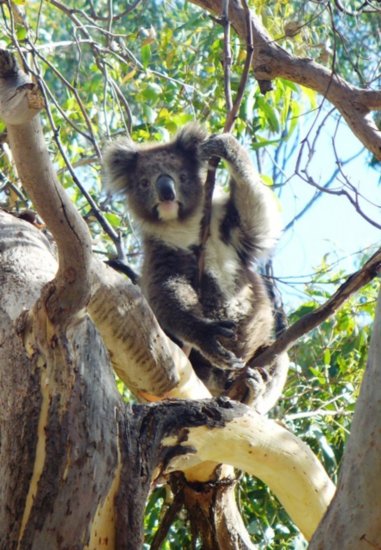
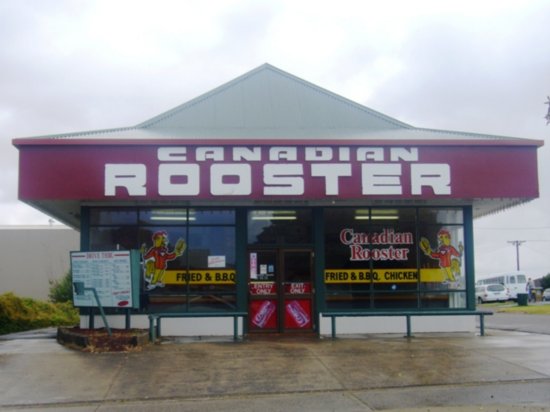
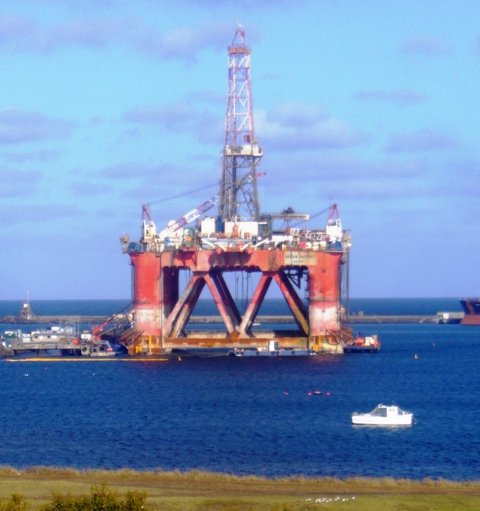
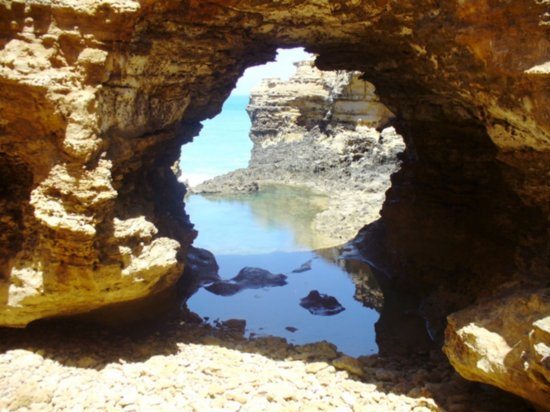
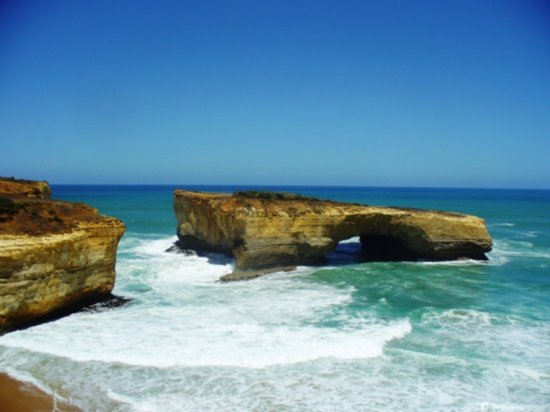
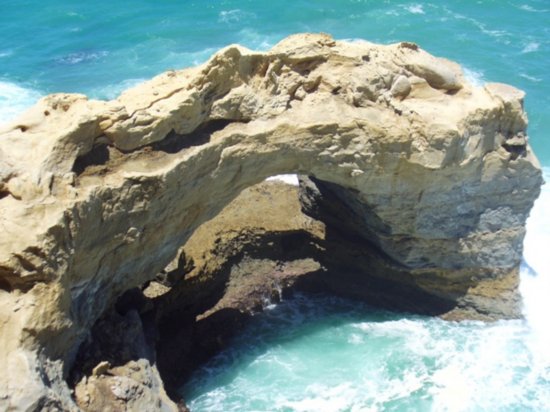
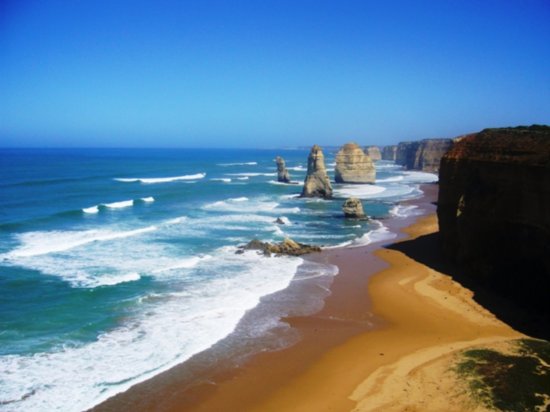
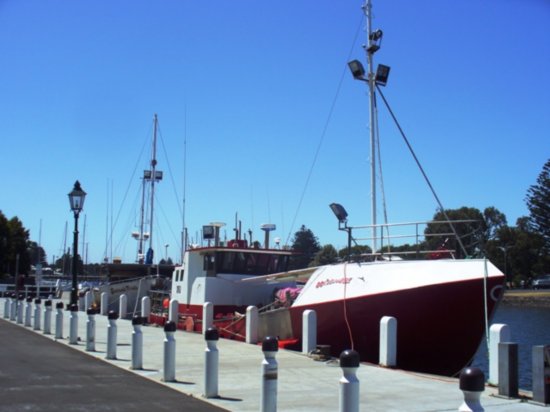
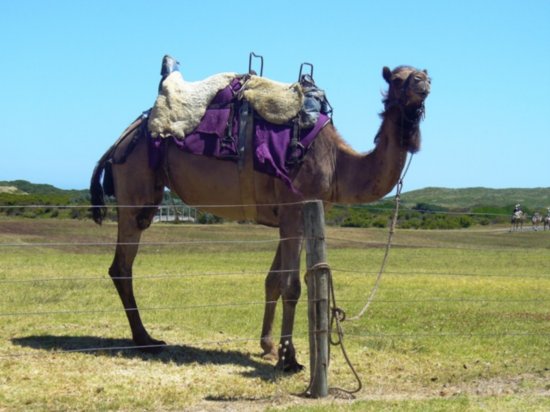
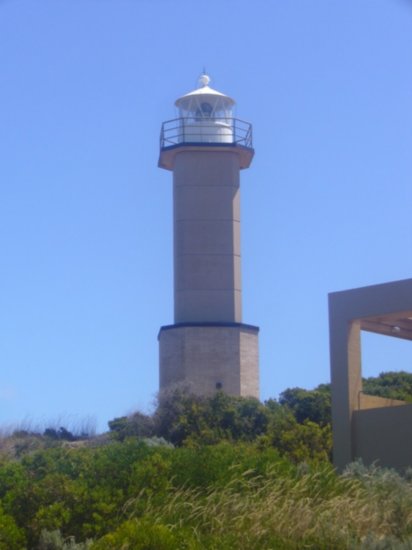
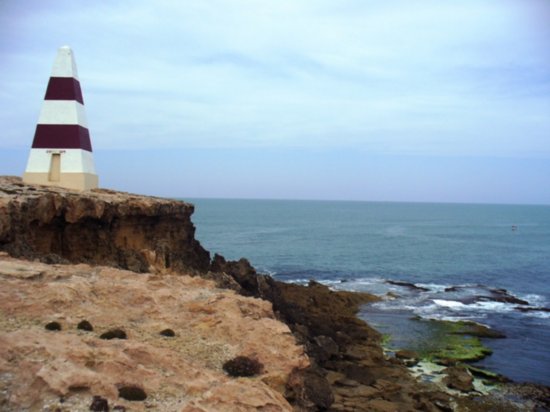
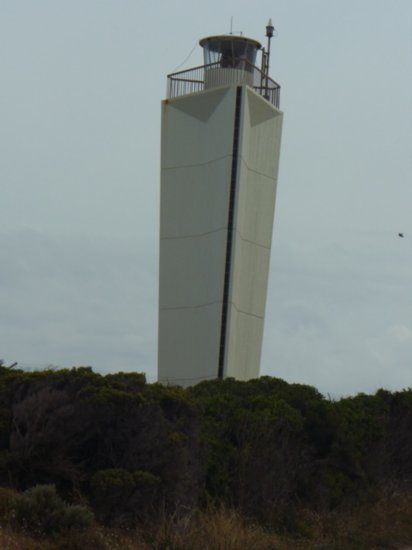
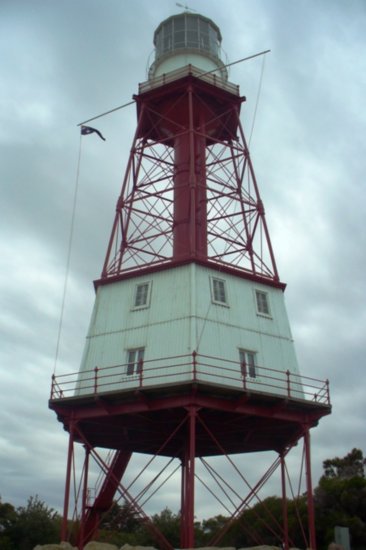
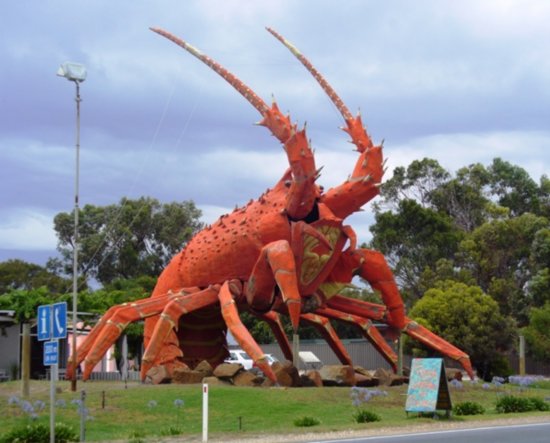
Comments